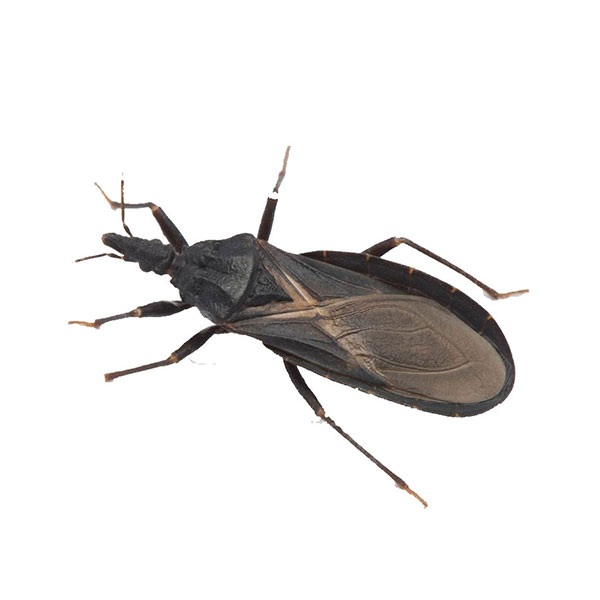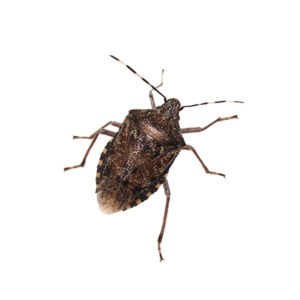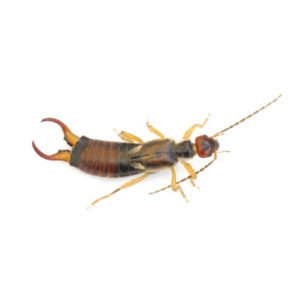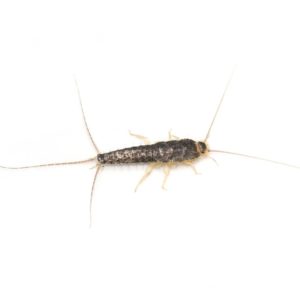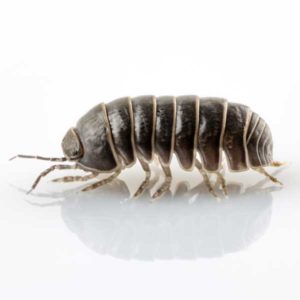Kissing Bugs in North Carolina
Primarily nocturnal, kissing bugs are blood-sucking parasites that feed on a variety of invertebrates including humans, as well as both wild and domestic animals. These insects behave like bed bugs in that they live and deposit their eggs in cracks and crevices in and around man-made structures, then emerge at night to feed upon their sleeping hosts. Occasionally, these bugs will bite their hosts on the face, near the eyes and lips; hence they are referred to as “kissing bugs.”
Because there are many different types of beetles in North Carolina, they can be difficult to distinguish, however our common beetle species can help with this.
Kissing Bug Habitat
Kissing bugs will inhabit the nests of rodents and other wildlife, and will also fly into barns and homes, feeding on livestock, pets, and people. In rural areas, the presence of domesticated mammals and poultry is generally attractive to rodents, which in turn, contributes to the presence of kissing bugs in close proximity to man-made structures. Kissing bugs are able to enter homes through open windows or tears on screens. In homes, kissing bugs will hide in cracks and holes in beds, floors, walls, and furniture. They are most likely to be found near areas where a pet, such as a dog or a cat, spends time.
Kissing Bug Behaviors, Threats, or Dangers
Kissing bugs carry the parasite that causes Chagas disease, a potentially fatal illness. According to the Centers for Disease Control and Prevention (CDC), nearly 300,000 people in the United States are infected with the parasite. If you suspect that you or a family member might be allergic to kissing bug bites, see a physician or allergist for treatment options. If you are dealing with a kissing bug issue on your property, contact your local pest control experts.
Signs of a Kissing Bug Infestation
Signs of a Kissing Bug infestation include sighting the bugs themselves, often at night, as they are nocturnal. Another indicator may be the presence of small, dark fecal spots near sleeping areas or in corners and crevices of rooms. Unlike other household pests, Kissing Bugs are less likely to infest a home in large numbers, making them harder to detect.
Kissing Bug Bites
Kissing bugs occasionally bite humans in their sleep, generally in spring or summer. Kissing Bugs are so named because they often bite humans on the face, particularly around the lips and eyes. People with certain skin sensitivities to the bug’s saliva may exhibit signs of allergic reactions, such as itching, swelling, and redness, however, bites typically do not result in a local reaction. However, the primary concern is not the bite itself but the potential transmission of parasites through their feces, which can enter the body through mucous membranes or breaks in the skin.
Are Kissing Bugs Dangerous?
Kissing Bugs are considered dangerous due to their ability to transmit the Trypanosoma cruzi parasite, which causes Chagas disease. Chagas can lead to serious heart and digestive system disorders. The risk of transmission in the U.S. is relatively low compared to Central and South America, but it’s essential to be aware of the risks, especially in endemic areas.
How to Get Rid of Kissing Bugs?
Getting rid of Kissing Bugs involves a combination of exclusion techniques, reducing outdoor habitats near your home, and seeking professional pest control:
- Seal cracks and gaps around windows, doors, and the roof to prevent entry.
- Use screens on windows and doors to keep bugs out.
- Remove potential outdoor habitats, such as piles of rocks, wood, and brush near the home.
- In areas where kissing bugs are common, contact your local Bug Out pest control experts to help eliminate the problem using appropriate insecticides around the home’s exterior.
Kissing Bug Prevention Tips
Preventing Kissing Bugs from entering your home is crucial in endemic areas:
- Maintain a clean yard, clearing away brush, leaves, and debris where Kissing Bugs can hide.
- Install fine mesh screens on windows and doors.
- Use outdoor lighting that does not attract insects, such as yellow LED bulbs.
- Keep pets indoors at night to reduce the risk of bugs being attracted to your home.
Need help with Kissing Bugs control?
Frequently Asked Questions
Why Shouldn’t You Squish a Kissing Bug?
You shouldn’t squish a Kissing bug because they are known to carry a parasite called Trypanosoma cruzi, which can cause Chagas disease in humans. When you squish a Kissing Bug, it can potentially release the parasite-infested feces or fluids onto your skin, increasing the risk of infection if you have any open wounds or mucous membranes exposed. It’s important to handle Kissing Bugs with caution and avoid crushing them.
What States are Kissing Bugs Found in?
Kissing Bugs, also known as Triatomine Bugs, can be found in various states in the Southern and Southwestern United States. These states include Texas, Arizona, New Mexico, California, and parts of Florida. They are more commonly found in warmer climates, but their presence can extend to other regions as well.
What are the Symptoms of a Kissing Bug Bite?
The symptoms of a Kissing Bug bite primarily revolve around the potential transmission of Chagas disease if the bug is carrying the Trypanosoma cruzi parasite. Not all Kissing Bugs carry the parasite, but when they do, symptoms can include:
- Redness and swelling at the site of the bite
- Itching and discomfort
- Conjunctivitis (if the bite occurs near the eyes)
- Fever
- Fatigue
- Muscle aches
- Enlargement of the liver or spleen in the chronic phase
- Irregular heartbeats or cardiac complications in the chronic phase

